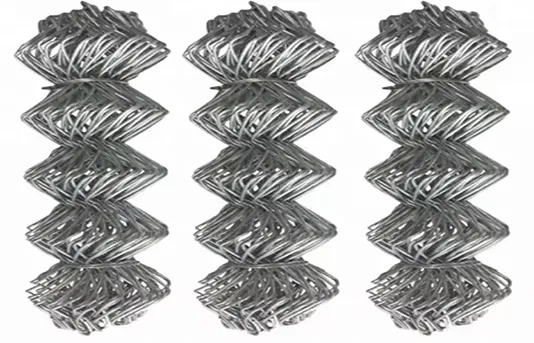-
 Phone:
Phone: -
 Email:
Email:

rock mesh retaining wall
The Rock Mesh Retaining Wall A Sustainable Solution for Erosion Control
In the realm of civil engineering and environmental design, retaining walls play a critical role in managing soil erosion and stabilizing slopes. Among the various types of retaining structures, the rock mesh retaining wall has emerged as a sustainable and effective solution for numerous applications. This article explores the benefits, construction methods, and applications of rock mesh retaining walls, highlighting their importance in modern engineering practices.
What is a Rock Mesh Retaining Wall?
A rock mesh retaining wall consists of a framework of galvanized steel mesh combined with local rocks or stones. This unique design allows for the stabilization of soil, particularly in areas where traditional concrete walls might not be as effective. The mesh holds the rocks in place, creating a sturdy structure that can withstand lateral pressures while permitting natural drainage and vegetation growth. The use of natural materials in the construction not only enhances the aesthetic value but also contributes positively to the environment.
Benefits of Rock Mesh Retaining Walls
1. Erosion Control One of the primary purposes of any retaining wall is to prevent soil erosion. Rock mesh walls excel in this regard, as they allow water to drain through the mesh, reducing hydrostatic pressure and minimizing the risk of washouts.
2. Sustainability Utilizing local stone and recyclable materials minimizes environmental impact. By reducing the need for concrete, which has a substantial carbon footprint, rock mesh walls offer an eco-friendly alternative in construction.
3. Flexibility in Design Rock mesh retaining walls can be constructed to fit various topographies and shapes. Their adaptable nature makes them ideal for a range of projects, from residential landscaping to large-scale civil engineering applications.
4. Aesthetic Appeal The natural appearance of the rock mesh wall blends seamlessly with the surrounding landscape. This visual appeal makes it a preferred choice for projects aiming for minimal disruption to the natural environment.
5. Cost-Effectiveness Compared to traditional retaining walls, rock mesh walls can be more economical due to lower material costs and reduced labor requirements. Their construction can often be completed more quickly than conventional methods.
Construction Techniques
rock mesh retaining wall

The construction process for rock mesh retaining walls is relatively straightforward. Initially, a proper site assessment is conducted to determine the wall's design, height, and necessary materials. The steps generally include
1. Site Preparation This involves clearing the area of vegetation and debris, followed by excavating a foundation for the wall.
2. Framework Installation Galvanized steel mesh is then installed to create a framework that will hold the rocks in place. This mesh is anchored firmly to withstand soil pressure.
3. Rock Placement Rocks or stones are carefully placed within the mesh framework. This process typically requires attention to aesthetics, ensuring an even distribution that supports both the structural integrity and visual appeal of the wall.
4. Backfilling Soil is added behind the wall to promote stability. The backfill material typically consists of gravel or crushed stone, allowing for effective drainage.
5. Planting Vegetation After construction, planting vegetation either directly into the structure or in front of it helps enhance the wall's stability and contributes to its natural look.
Applications of Rock Mesh Retaining Walls
Rock mesh retaining walls are versatile and can be applied in various scenarios, including
- Highway and Road Construction Used to stabilize slopes along roadways, preventing landslides and maintaining safe travel routes. - Landscaping Enhancing garden designs, creating terraced areas, or managing elevation changes effectively. - Urban Development Providing necessary soil retention in heavily populated areas where space is limited. - Riverbank Stabilization Protecting waterways from erosion and providing habitat for local flora and fauna.
Conclusion
Rock mesh retaining walls combine functionality, sustainability, and aesthetics, making them an exemplary choice for modern retaining wall applications. As engineers and designers continue to seek innovative and environmentally friendly construction solutions, the popularity of rock mesh retaining walls is likely to rise, paving the way for sustainable development in a variety of contexts. Their ability to effectively control erosion while harmonizing with the natural landscape ensures their significance in future projects.
-
Wire Mesh for Every Need: A Practical SolutionNewsJul.25,2025
-
Steel Fences: Durable, Secure, and Stylish OptionsNewsJul.25,2025
-
Roll Top Fencing: A Smart Solution for Safety and SecurityNewsJul.25,2025
-
Cattle Farm Fencing Solutions for Maximum SecurityNewsJul.25,2025
-
Affordable Iron Binding Wire SolutionsNewsJul.25,2025
-
Affordable Galvanized Wire SolutionsNewsJul.25,2025
-
Wire Hanger Recycling IdeasNewsJul.25,2025








